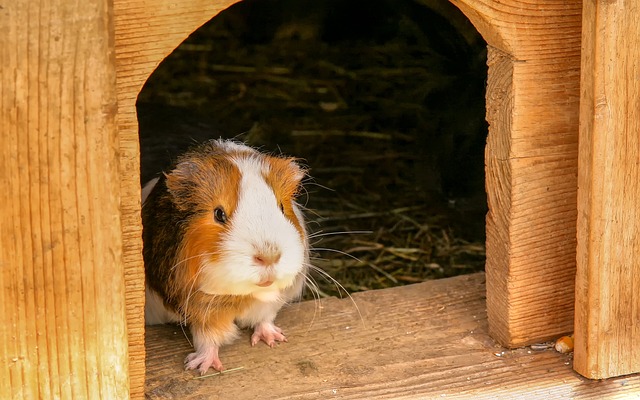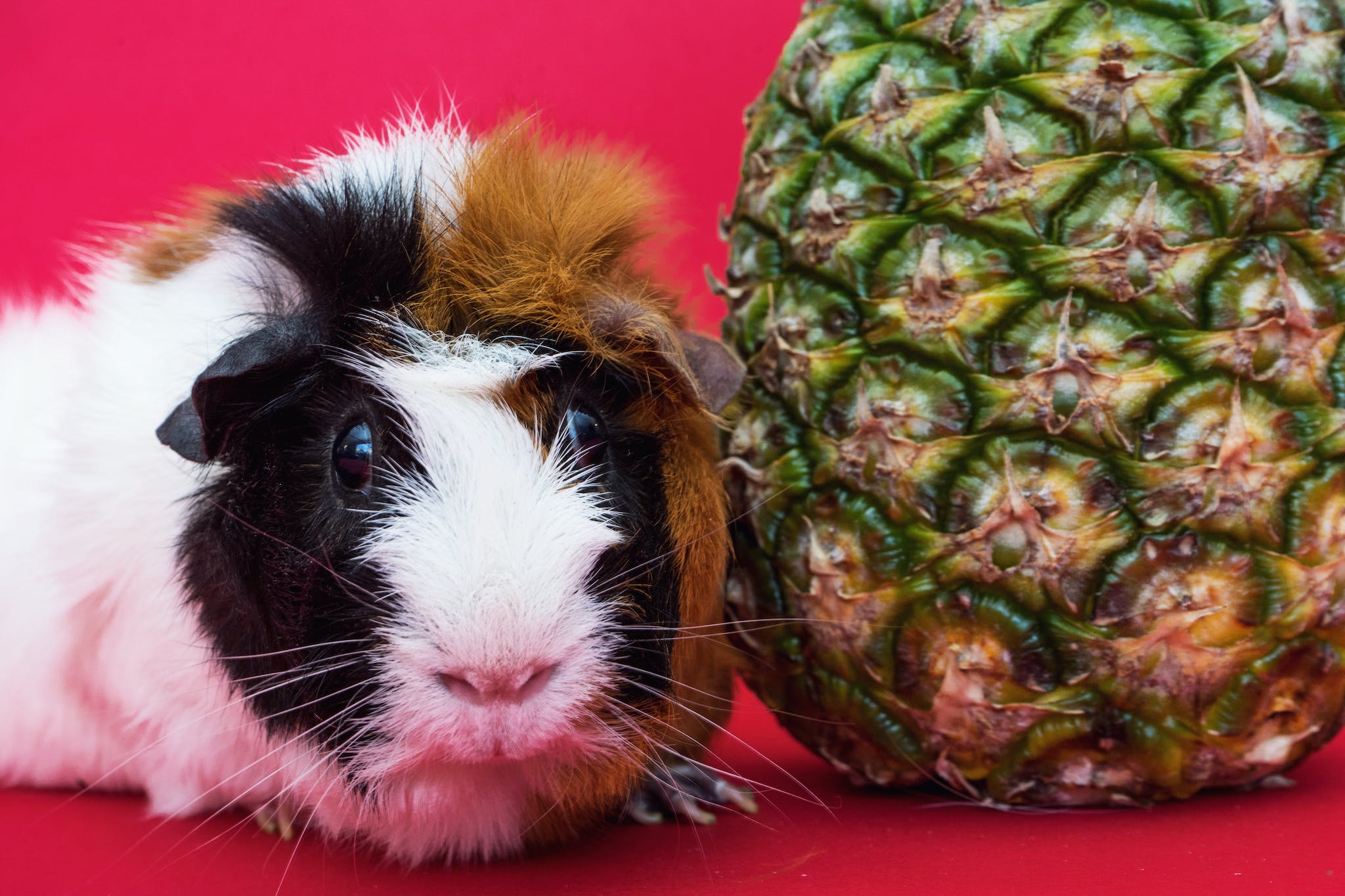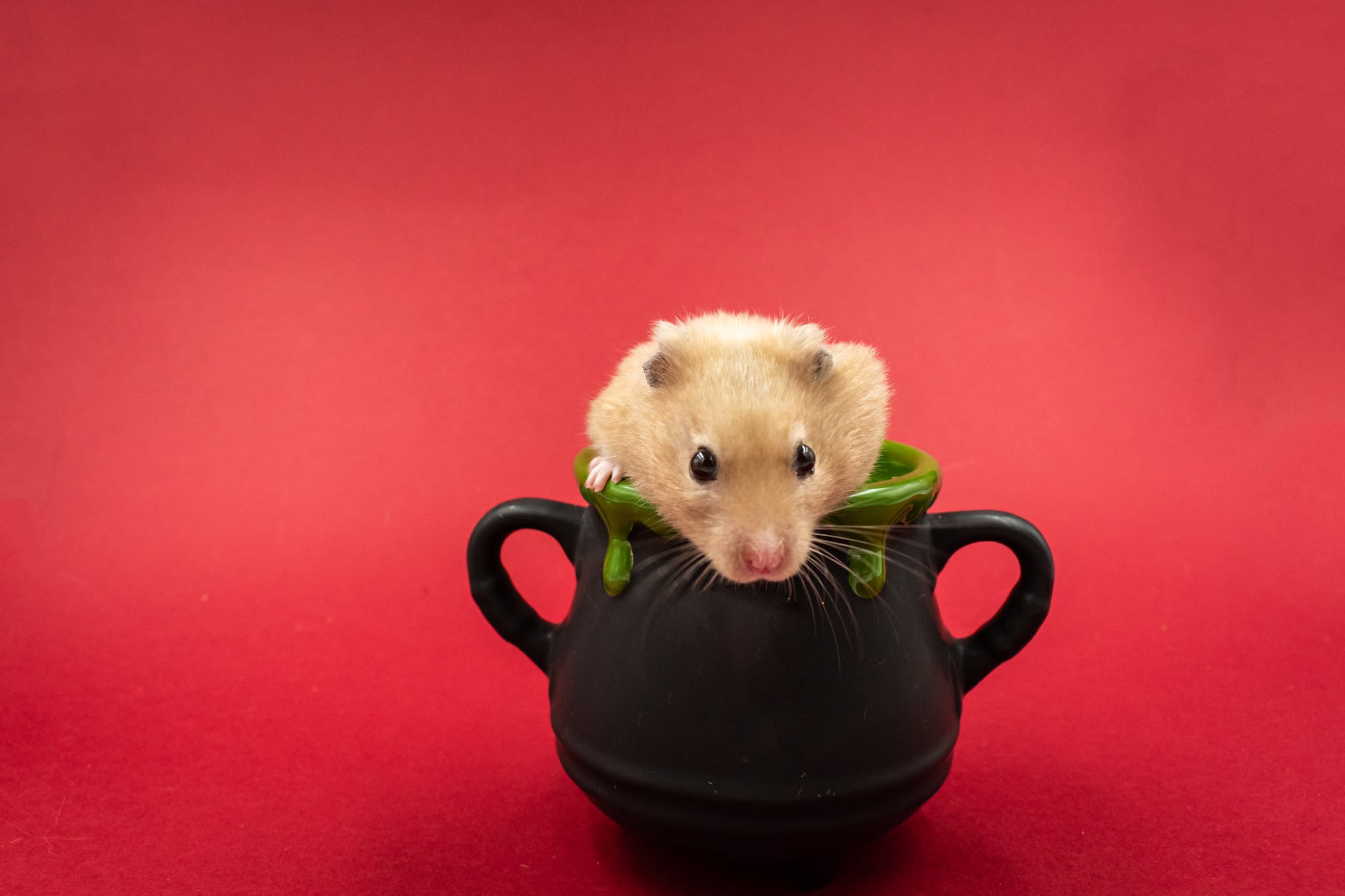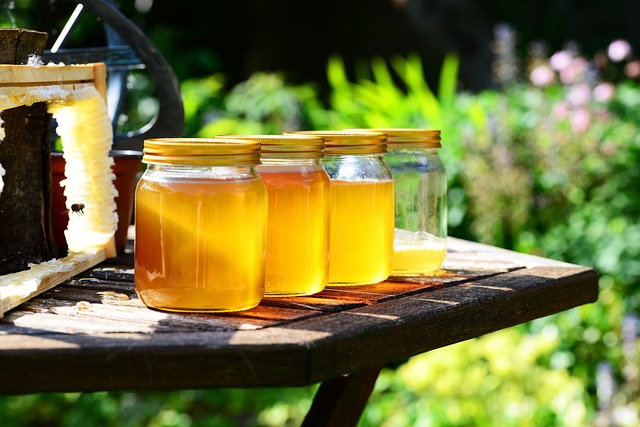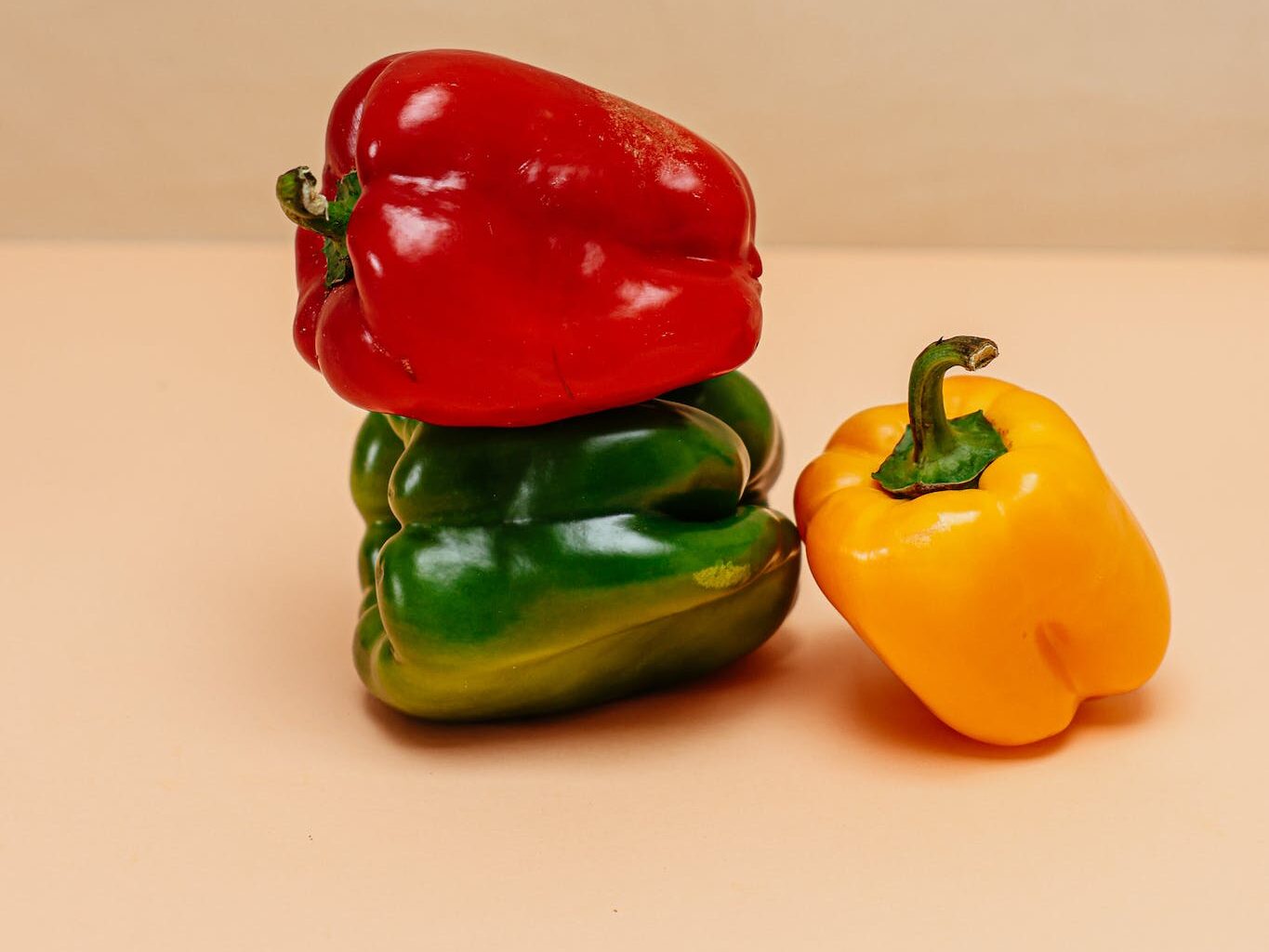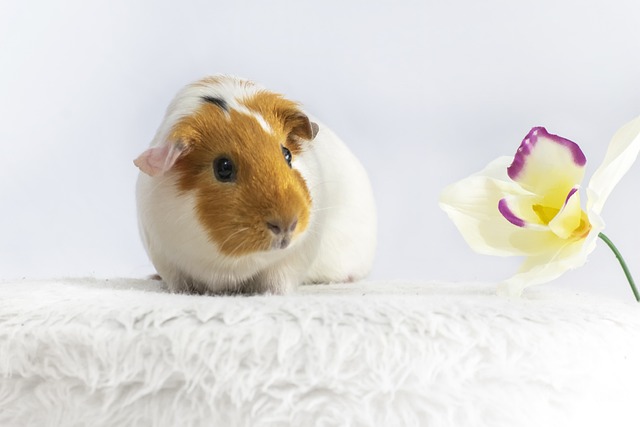Your Guinea Pig’s Home: Tips and Tricks for Creating a Cozy and Safe Environment
There are some affiliate links below, but they are all products I highly recommend. For more info, view my disclosure here.
As a new guinea pig owner, you want to provide them with the best possible living environment. From choosing the right cage size and type to selecting the proper bedding and accessories, there are several factors to consider in making your guinea pig’s home a comfortable and healthy environment.
In this comprehensive guide, we’ll walk you through all the essential steps for setting up the perfect guinea pig hutch. We’ll cover everything from the basics of cage size and types, to the dos and don’ts of bedding selection, to the importance of providing toys and hideaways for mental and physical enrichment.
By following these guidelines, you can ensure your guinea pig lives a happy and healthy life as a beloved member of your family!
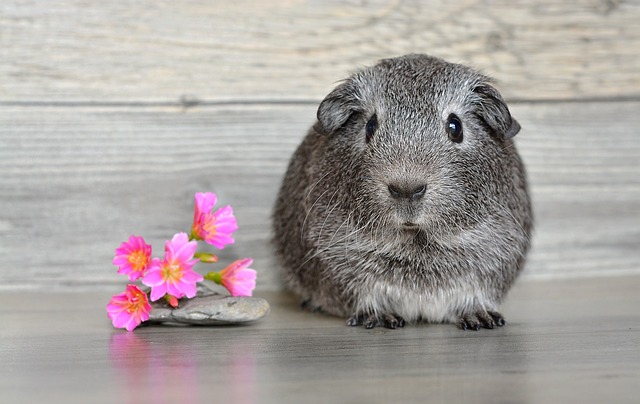
How To Choose the Right Cage
When it comes to selecting the right cage for your guinea pig, size is a crucial factor to consider. Cavies are active and curious animals that need plenty of space to run and explore.
As a general rule, the larger the cage, the better. Be sure to choose a cage that meets the recommended size guidelines to give your guinea pig enough room to move around and exercise.
Types of Cages Available For Your Guinea Pig
Hutches
If you plan on keeping your guinea pig outdoors, a hutch is an excellent choice. Hutches provide plenty of space for your cavy to run and play, as well as separate areas for sleeping, eating, and relaxing. Look for hutches made from high-quality materials and manufactured in the UK.
Wired Cages
Wired cages are a suitable option for indoor guinea pigs. Just be sure to avoid cages with wire bottoms, as they can cause pododermatitis (inflammation of the skin of the paw) in guinea pigs due to their sensitive feet.
It’s also worth noting that many ready-made wired cages sold in pet stores are better suited for smaller animals such as mice, hamsters, and rats.
Aquariums/Glass Tanks
While aquariums and glass tanks were once considered suitable for guinea pigs, we now know that they are not a good choice. Cavies are prone to overheating, and these types of cages do not provide enough ventilation or circulation of air. They are also typically too small to meet the space requirements of guinea pigs.
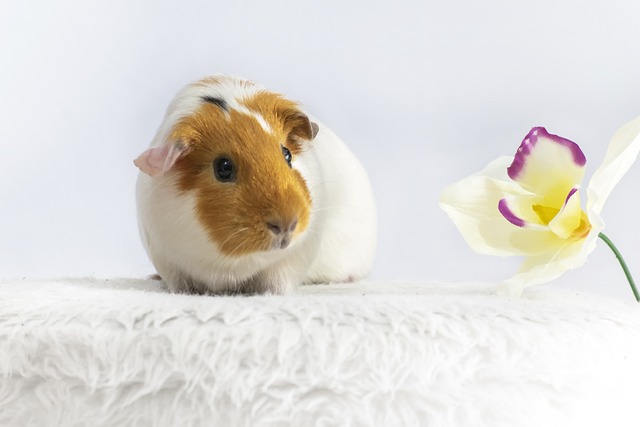
Guinea Pig Bedding Dos and Don’ts
Wood and Hay Bedding
Wood and hay bedding are both excellent options for guinea pig cages. Aspen, softwood, and hay are all good choices for wood bedding, as long as they have been dust-extracted and do not have any natural aromas. Hay is particularly beneficial because it helps control odors, is absorbent, and is 100% natural.
Fleece Bedding
Fleece bedding is also a good choice for guinea pigs, as it absorbs moisture and keeps your cavy warm. Keep in mind that fleece bedding will need to be cleaned more frequently and may be more expensive to replace compared to other options. There are some super cute fleece bedding options, though!
Paper Bedding
Paper bedding is another option to consider. It is gentle on your guinea pig’s feet, absorbs liquid, and is cost-effective. The downside to paper bedding is that absorbed urine tends to have a stronger smell that lingers longer than hay or wood.
Avoiding Inappropriate Guinea Pig Bedding
There are several types of bedding that you should avoid using for your guinea pig. Pine and cedar wood shavings contain oils that can cause respiratory issues in cavies, so it’s best to steer clear of these and other fragranced woods.
Corn cob bedding can be hard on your guinea pig’s feet and can become moldy, leading to respiratory illnesses. Sawdust and straw are also not suitable for guinea pig bedding, as the dust can cause allergic reactions or respiratory issues, and straw is too hard and sharp, causing discomfort and potential eye injuries.
Stick to the recommended bedding types to keep your guinea pig healthy and happy.
Guinea Pig Accessories and Amenities
Water Bottles and Food Dishes
In addition to providing the proper cage and bedding, it’s important to have the necessary accessories and amenities for your guinea pig. Water bottles and food dishes are essential for maintaining your cavy’s hydration and nutrition
Look for water bottles with a stainless steel spout, as these are less prone to bacterial growth than plastic ones. As for food dishes, ceramic or heavy plastic options work well and are more difficult for your guinea pig to tip over.
Toys and Playtime
Guinea pigs are intelligent and active creatures that need mental and physical stimulation to stay healthy and happy. Providing toys and opportunities for playtime is an important part of their care.
Some ideas for guinea pig toys include chew toys, tunnels, and cardboard boxes. Just be sure to supervise playtime and avoid any toys that could be swallowed or create a choking hazard.
Hideaways and Enrichment
In addition to toys, guinea pigs also benefit from having hideaways and other forms of enrichment in their cages. This can be as simple as adding a cardboard box or PVC pipe for your cavy to hide in or providing a small covered area for them to sleep in.
You can also consider adding items like hay racks or foraging boxes to encourage natural behaviors and keep your guinea pig’s mind active.
Guinea Pig Homes – Location and Maintenance Tips
Things to Consider When Placing the Hutch
Where you place your guinea pig’s hutch is also an important consideration. Choose a location that is out of direct sunlight and away from drafts. It’s also a good idea to place the hutch on a solid surface, such as a sturdy table or a raised platform, to keep it off the ground.
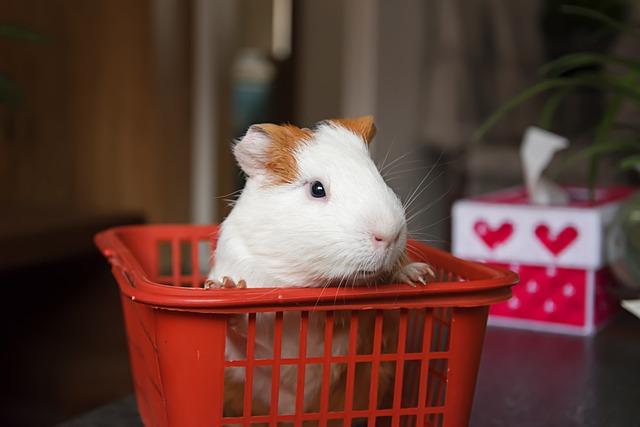
Guinea Pig Home – Cleaning and Sanitation
Maintaining proper cleaning and sanitation is essential for the health and well-being of your guinea pig. Be sure to clean the cage and change the bedding regularly to prevent the buildup of waste and odors.
It’s also a good idea to disinfect the cage and accessories at least once a week using a pet-safe disinfectant. Here’s a handy guide on cleaning your guinea pig’s home!
Don’t Forget Regular Health Checks For Your Guinea Pig
In addition to regular cleaning and maintenance, it’s important to keep an eye on your guinea pig’s health. Look for signs of illness, such as weight loss, changes in appetite or behavior, or discharge from the eyes or nose. If you notice any of these signs, it’s best to consult with a veterinarian for proper treatment.
It’s also a good idea to schedule regular check-ups with your veterinarian to catch any potential health issues early on. By staying vigilant and proactive in your guinea pig’s care, you can ensure they live a long and healthy life.
Congratulations on taking the first steps towards creating the perfect home for your guinea pig! By following the guidelines outlined in this guide, you can ensure that your cavy has everything they need to thrive.
From selecting the right cage size and type, to choosing the proper bedding and accessories, to providing regular maintenance and health checks, there are many factors to consider in keeping your guinea pig happy and healthy.
With a little bit of love and care, your guinea pig will be a beloved member of your family for years to come.
